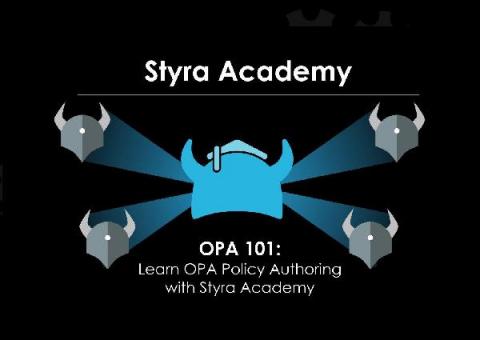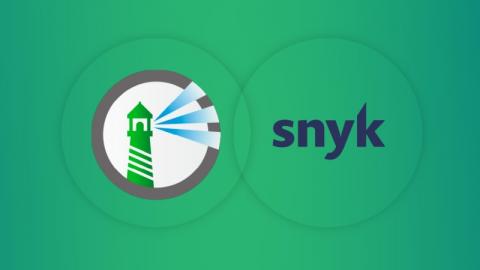WhiteSource on WhiteSource
We here at WhiteSource often get asked if we use our own software when we’re developing our product. It’s a fair question. Like most of our customers, we write a lot of code. A lot of code. And we want it to be secure. Really secure. So it should come as no surprise that the answer to this question is a resounding and absolute yes! At WhiteSource, we believe in practicing what we preach.










